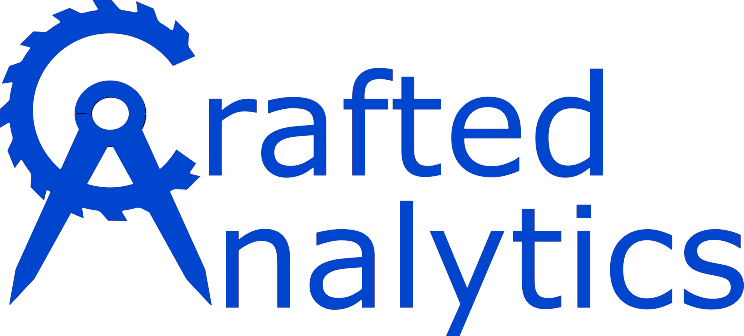I’m a big fan of using cloud environments, especially for getting a product started. But for early prototyping with a small team, remembering everything that needs to be created / configured, as well as everything that is already performed, can be daunting. To improve this process, I’ve started using visual tools to help document my work. This is a reasonable approach because most aspects of the infrastructure should have a corresponding physical implementation. In addition, a really mature tool should do alot of this automatically. We will review some of these tool options for AWS in this post.
Documenting Achitectures (Stacks)
The Cloud Formation Template is the blueprint for an AWS deployment. It is a single file (.yaml or .json) that AWS can use to create a new infrastructure. Along with the hardware, essential attributes, such as security access configs, are included. Tags can also be included for customized tracking.
AWS even maintains a listing of popular architectures, with several thousand available. Popular categories include:
- Analytics & big data
- Compute & HPC
- Databases
- Machine learning
In addition to this listing, you can export a template from an existing deployment, called a ‘stack’, using the Cloud Former service. Unfortunately, this is only useful for a very small subset of AWS services. A third-party tool, Former2 interacts with the Javascript API to generate your template. It is open-source and appears to still be maintained.
The AWS Well-Architected Tool can be used to review your deployment against workloads and determine how you can meet your org’s specific goals.
Effectively Using Templates
- repo: open source Cloud Mapper
- docs: AWS cloud formation designer
- tool: visualize template in draw.io
While having a template is great, the files are quite large. Working with one should be more intuitive than searching through .json. Specifically, we should manually work with a visual representation of a template, and update the template once changes are made.
This is exactly why Cloud Formation Designer and Cloud Mapper (open source) were created. They both work really well and the open-source version seems to be actively maintained. For more aesthetics, you can use Infviz.io, but you will not be able to update the template.
